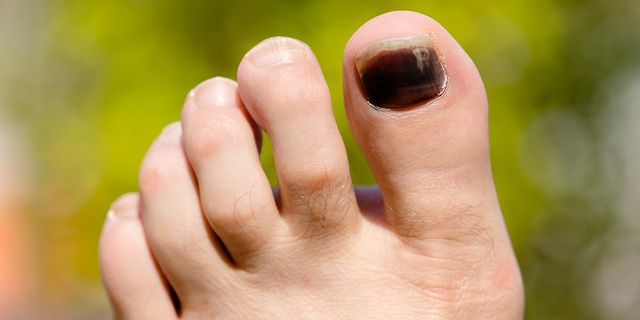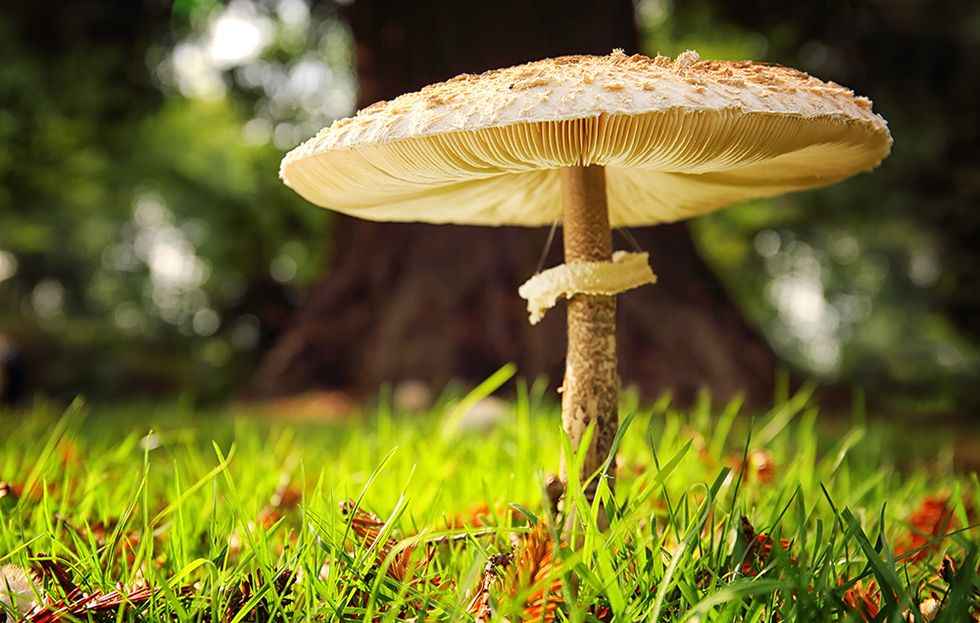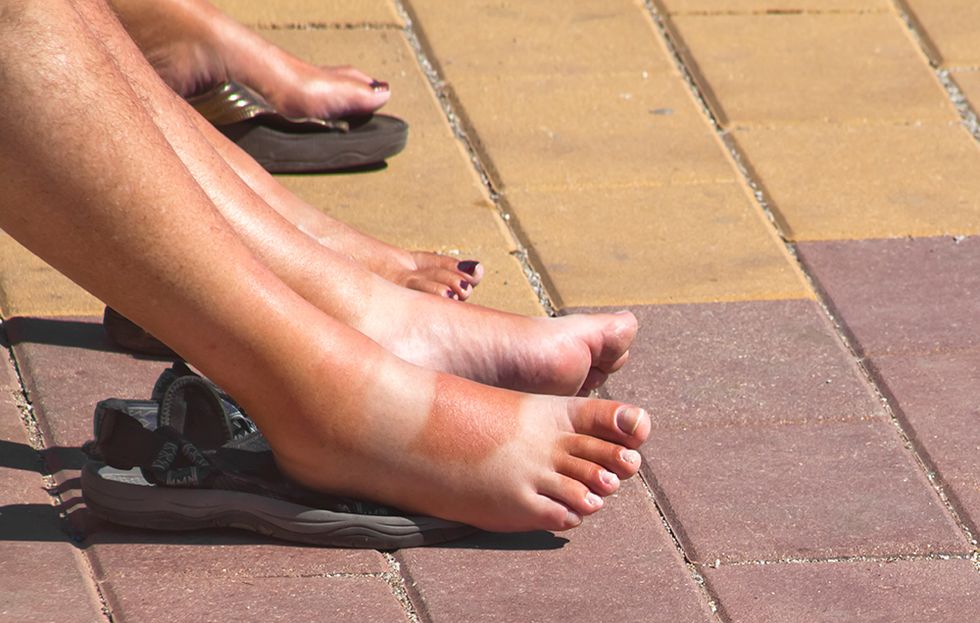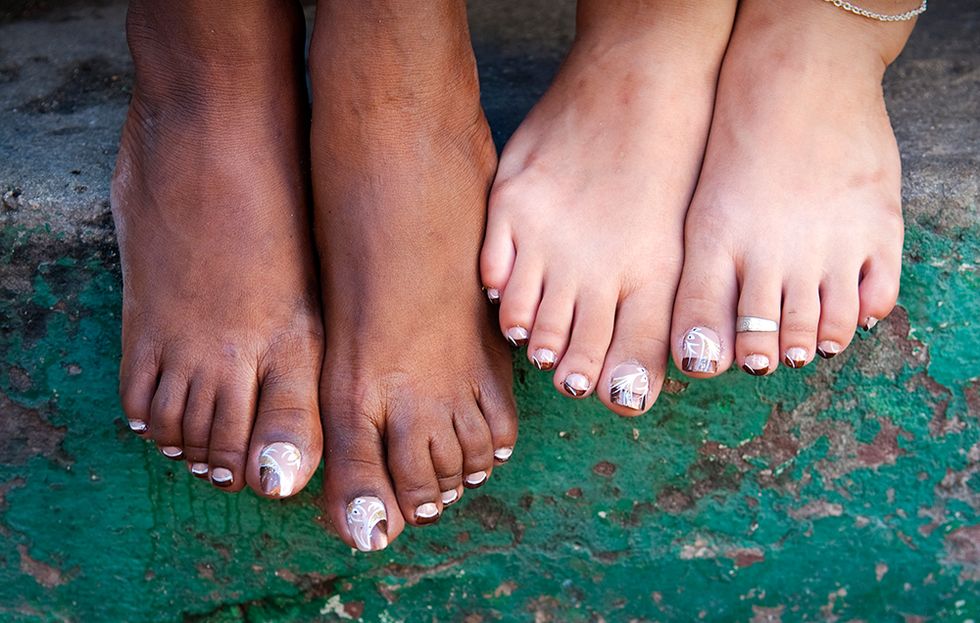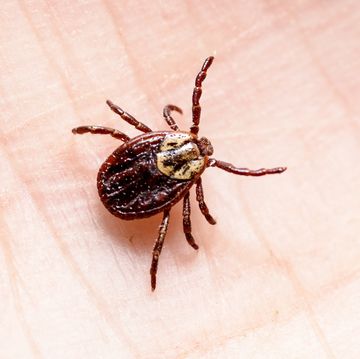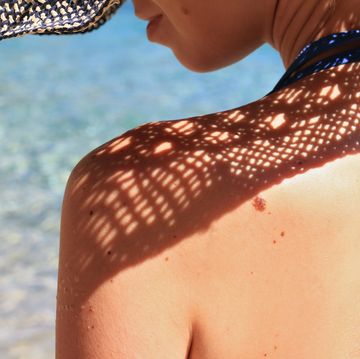5 Causes Of Black Toenails—And When You Should See A Doctor ASAP
Many runners are familiar (read: all too familiar) with the black toenail. The condition involves bruising, blistering or bleeding beneath the nail from repetitive trauma, either of the top of the shoe banging against the nail or the toe slamming into the end of the shoe. It’s most commonly experienced by marathoners and those training at especially high intensity. Some even see it as a badge of honor: the more black nails, the more badass. (Heal your body with this 12-day liver detox for total body health!)
MORE: These are the Ugliest Runner’s Feet You’ve Ever Seen
But not all black toenails are from running. In certain cases, a dark nail tells a darker, more dangerous story. Here, two podiatrists explain the difference between the benign and malignant.
Watch Next


My Diagnosis: Why Did I Have Such Intense Pain?

How Martha Stewart Stays Healthy and Vibrant at 82

Foods That May Fight Seasonal Allergies

TikTok Discovers That Drumsticks Don’t Melt
